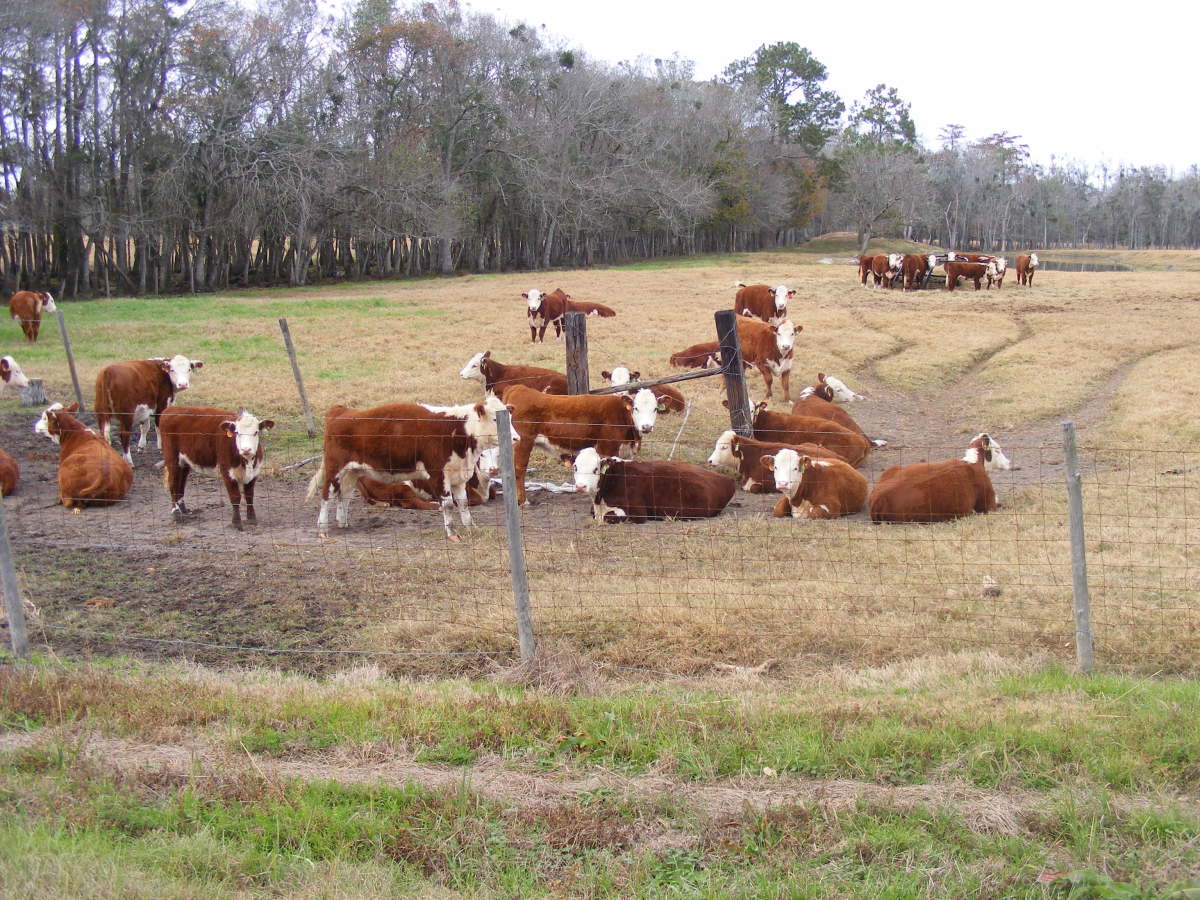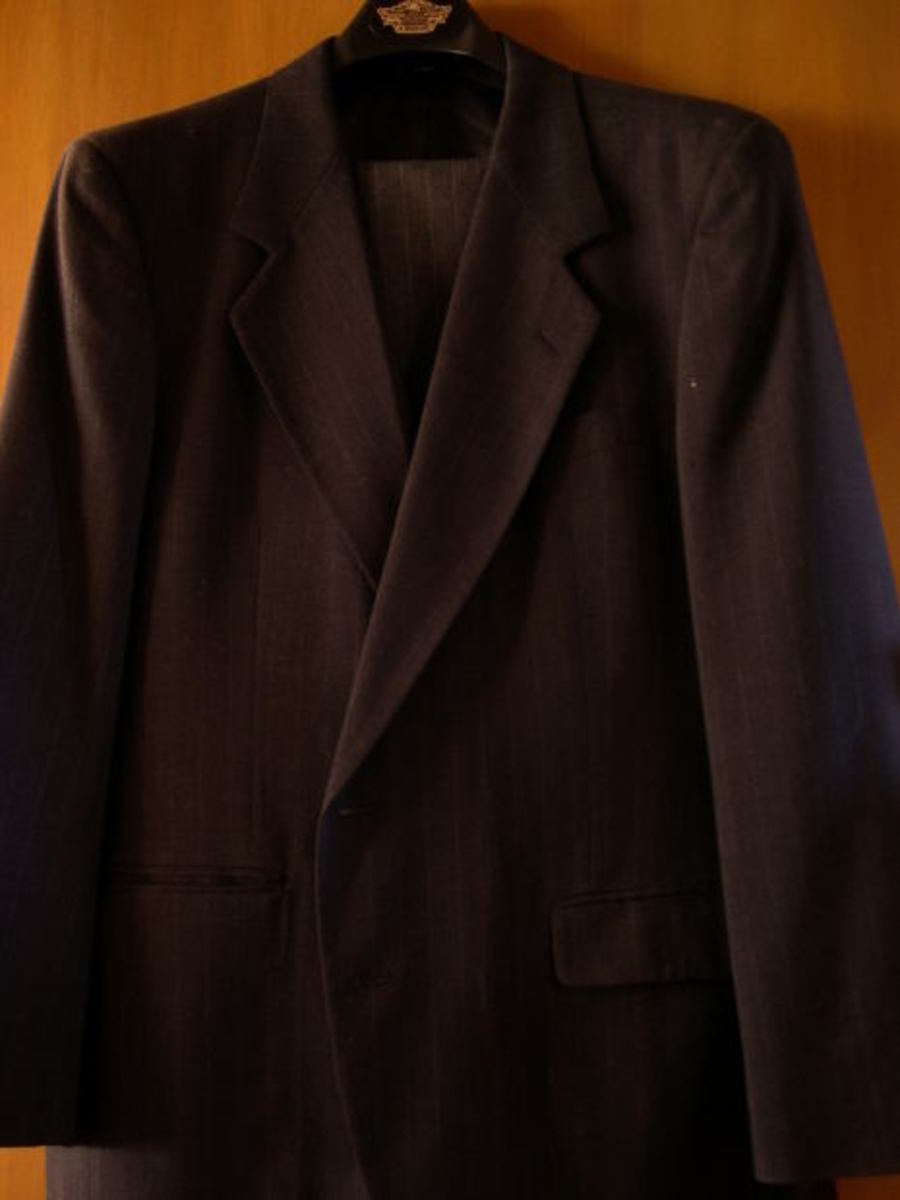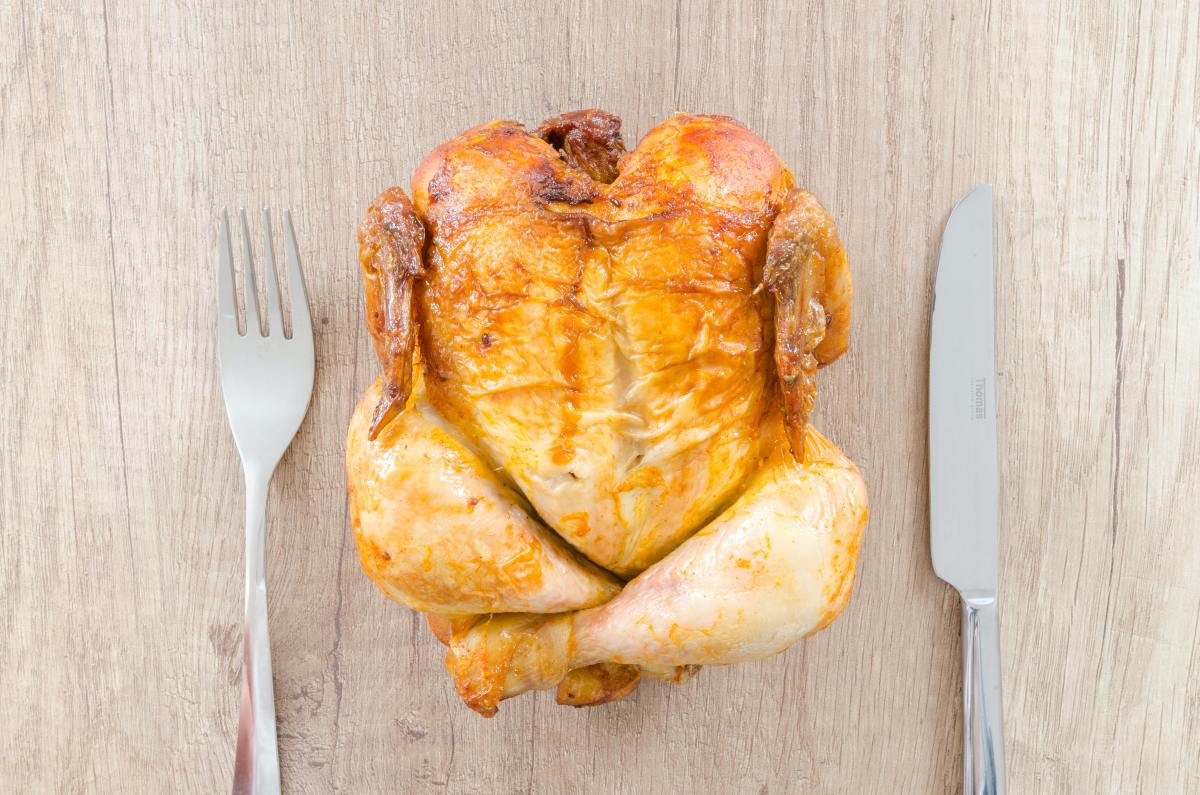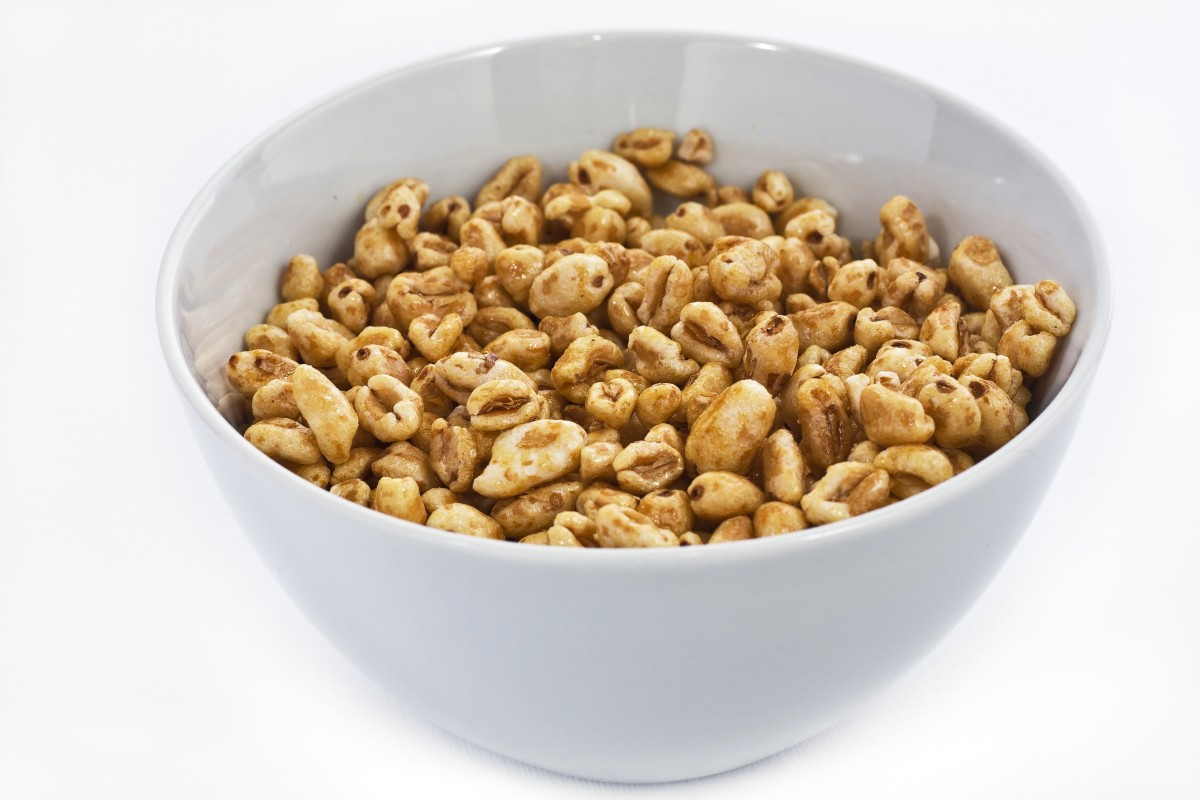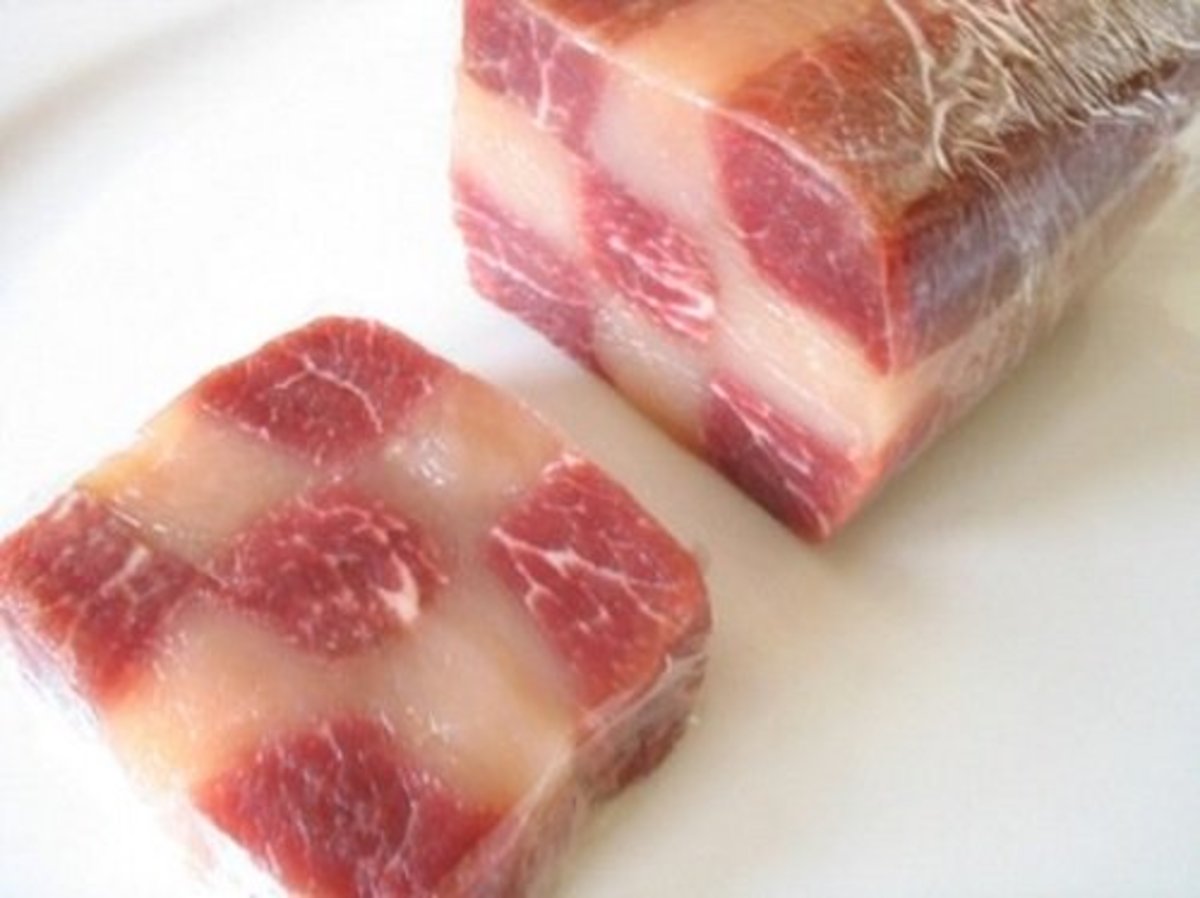More of What Not to Buy in the Meat Department
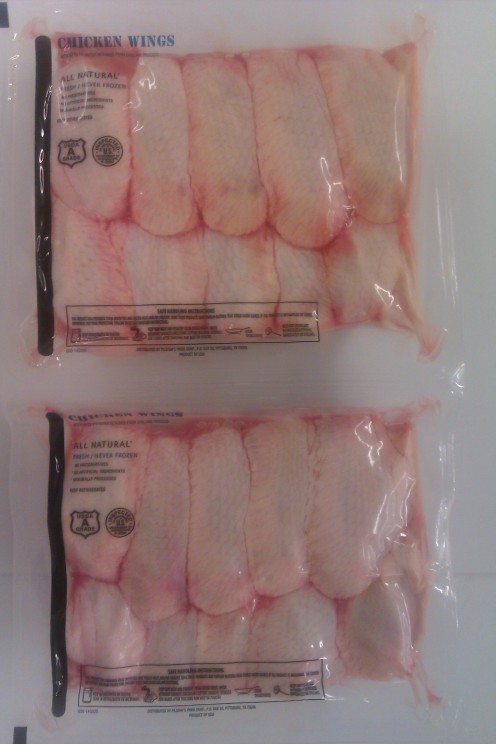
Not long ago, I wrote an article about what not to buy in your local grocery store meat department. Since then, there has been a change that seems to be a foreboding hint at what is coming.
We all know that Wal-Mart is not the place to buy “fresh” meat. Their meat is mostly prepackaged in the slaughterhouse and is packed in a gas filled (non-oxygen) package, and sometimes the meat appears to be sprayed with dyes and color enhancers. If you shake the package, you can see where the dye missed and the meat is brown in color. I once watched a Wal-Mart associate put meat on the shelf. According to the tag on the box that she was pulling it from, the “fresh” meat had a shelf life of about 17 days.
Another way of packaging fresh meat for retail sale is in a “Cryovac” bag. This is a vacuum sealed, heavy duty plastic bag, meant to prolong the shelf life of fresh meat. Mostly all of the primal cuts (the large sections of meat) are packaged this way, and occasionally they make their way out to the meat case, especially in the case of briskets and the top and bottom round meats. Generally Cryovac packaging is reserved for red meat (beef), lamb and pork. The downside of Cryovac packaging is that the meat is sealed in a bath of blood, which in some cases will become rancid and smelly upon opening the bag. This does not necessarily render the meat inedible, but it is very unappetizing, and has been known to harbor bacteria under the right circumstances.
But recently, chicken has begun to appear in our cases wrapped in a Cryovac bag. I do not believe that this is a good idea. Chicken, by its very nature, seems more susceptible to the presence of bacteria, and being packed in its own blood doesn’t help the cause at all. The company I work for is selling chicken “family packs” this way. It is two separately packaged smaller packs sold together. It is also a merchandising ploy to sell more chicken. The new packaging holds 20% (approx.) more chicken than the Styrofoam trays it is attempting to replace. The bags have no soaker pads in them to absorb the excess chicken drainage like the styro packaging does. You are better off buying a styro pack somewhere else or getting a whole bird and having the butcher cut it up for you. Under no circumstances, should you buy a "whole chicken, cut up" unless you want a cut up roasting hen. These cut up birds are usually tough and chewy, and not suitable for frying. Occasionally you will find a "cut up fryer". These are okay.
So we as meat cutters and butchers look at this new packaging as a threat to our job security. It seems to be a foreboding message that tells us that soon our company will be like Wal-Mart, and that all of our meat will be cut at the slaughterhouse and trucked in, putting is all out of a job. It happened at Wal-Mart and Kroger…It can happen to us!
Be careful when you choose a cut of meat or chicken. Look for any imperfections, dark spots, dry spots or excess blood. Be sure to check the expiration date. If you have to, poke a hole in the package and smell the inside.
Meat can be frozen on the expiration date if you are not going to use it right away. Make sure that you are getting a good value. Don’t pay meat prices for vegetables that are sometimes packaged with the meat, choose your own, they will be much fresher.
As always, thanks for stopping by.
©2011 by Del Banks

